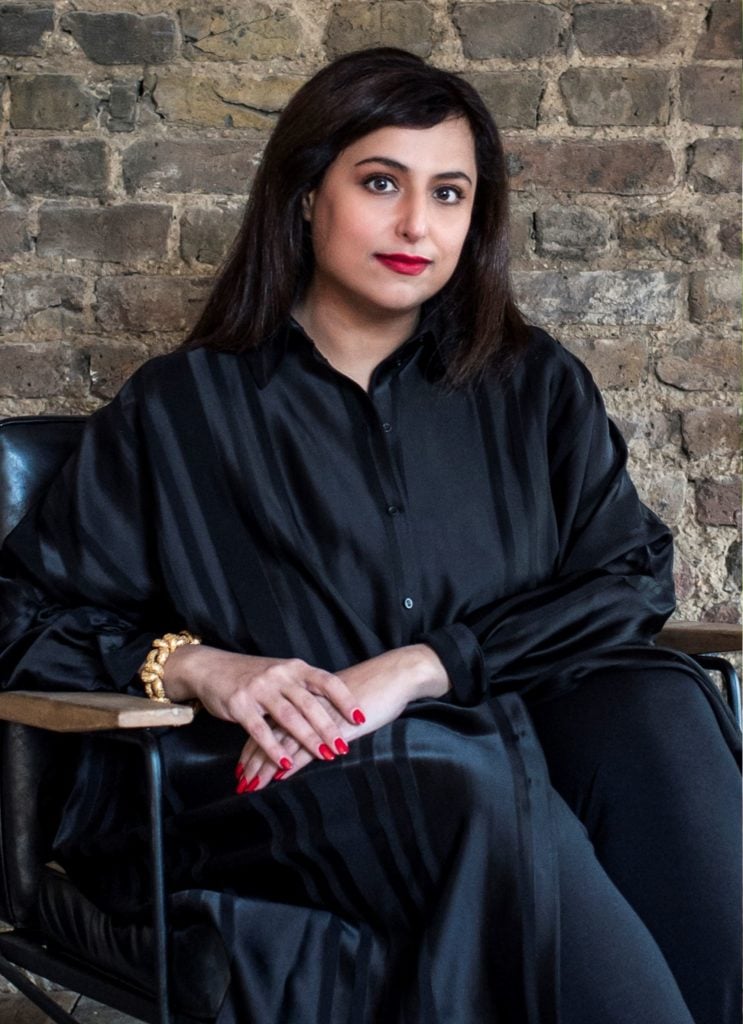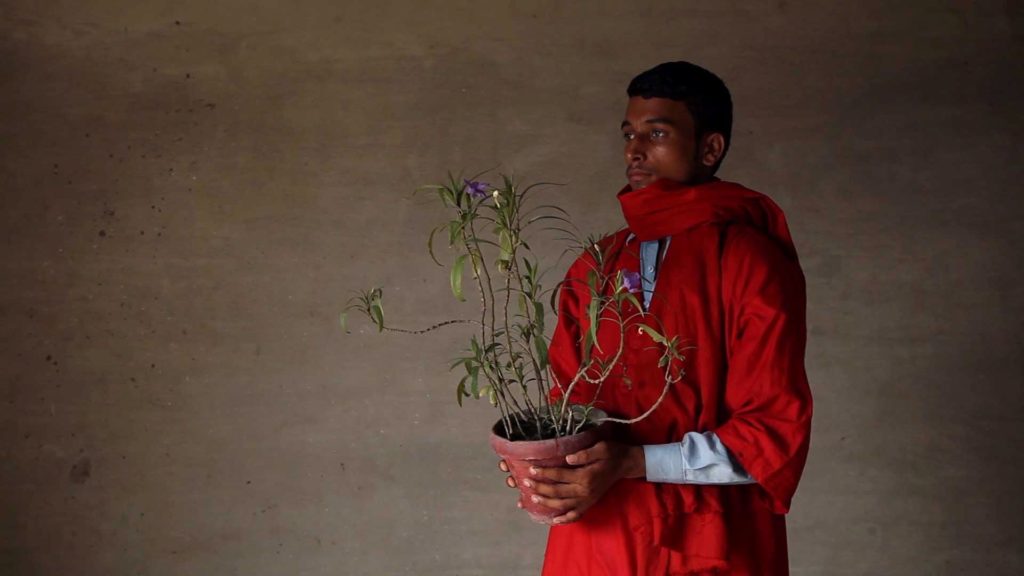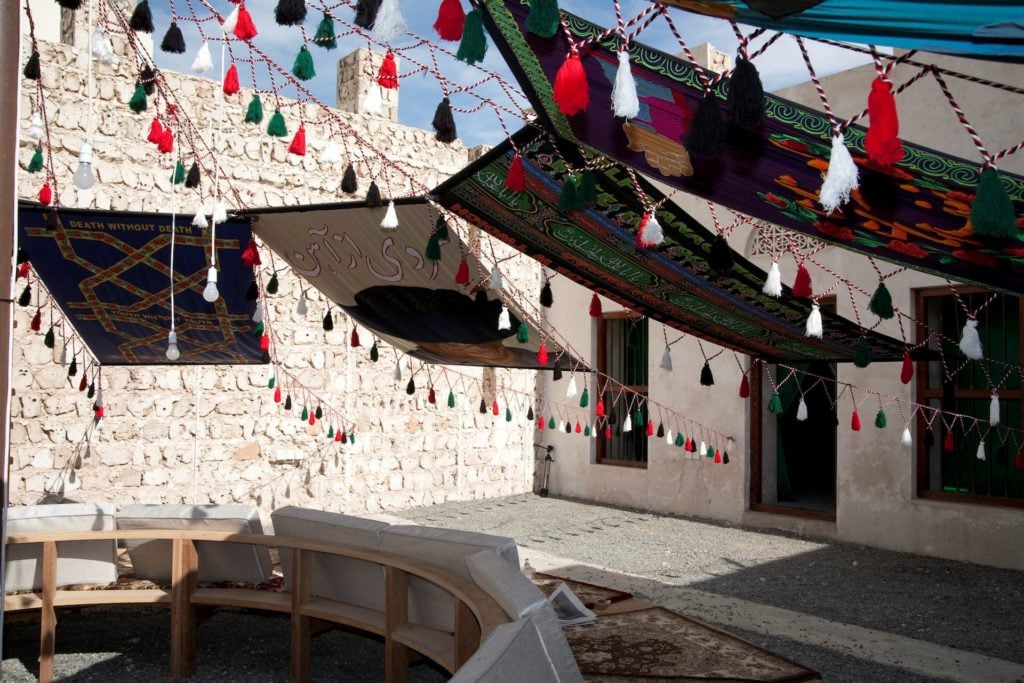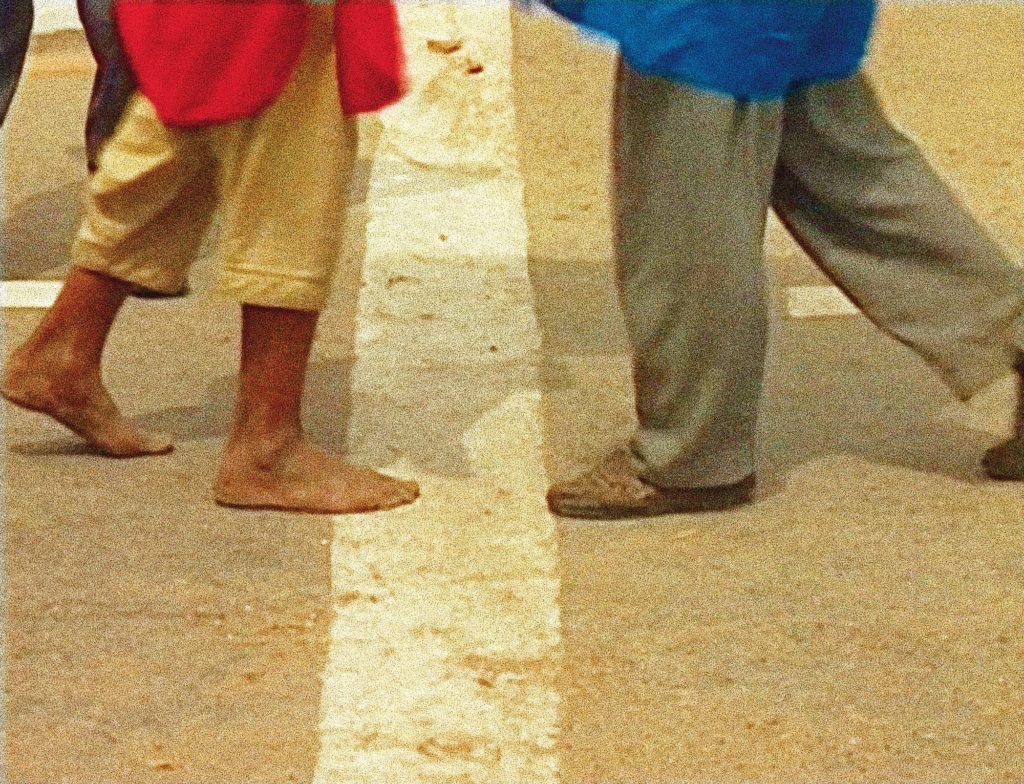Art & Exhibitions
‘Everyone Is So Afraid to Visit’: Curator Sheikha Hoor Al-Qasimi on How the Lahore Biennale Can Help Pakistan Overcome International Isolation
The late curator Okwui Enwezor also had an influence on the 2020 show.

The late curator Okwui Enwezor also had an influence on the 2020 show.

Javier Pes

In Lahore, art and cricket are helping to overcome Pakistan’s relative isolation, but in a last-minute clash of dates there was only going to be one winner. With a fortnight to go before the opening of the 2020 Lahore Biennale, its artistic director learned that the venue for the opening day’s performances would be off limits due to increased security for an international cricket match.
Hoor Al-Qasimi, the biennale’s pragmatic artistic director, takes the news in her stride. “So, I am reshuffling the performances for the 28th, the third day of the opening week,” she tells Artnet News. “I keep calm and smiling.”
Al-Qasimi, the founder and director of the Sharjah Art Foundation in the United Arab Emirates, has organized a far more international biennale than the inaugural event in the eastern Pakistan city. Work by around 80 artists, including some 20 new commissions, will go on show in venues across Lahore. The British artist Barbara Walker will be creating a large wall drawing in one of its historic markets, for example. “I was very happy she could make it,” Al-Qasimi says, adding: “Of course, I wanted more women. It is around 50-50. I was hoping for 60-40.”
Many artists from the West are reluctant to travel to Pakistan, put off by warnings that foreigners may be targeted, and the threat of terrorist attacks. However, Walker will be joined by fellow British artist John Akomfrah, among others. “They don’t have many artists coming from outside Pakistan because everyone is so afraid to visit,” the curator says. The Pakistan cricket team plays most of its “home” games in the UAE.

Basir Mahmood, film still from Monument of Arrival and Return (2016). Copyright the artist. Courtesy Lahore Biennale.
The inaugural Lahore Biennale attracted 1.5 million visitors, according to its organizers, a remarkable number for an exhibition that only fran for a fortnight. Al-Qasimi proposed the second edition, which launches at the weekend, and will run for three times longer, through the end of February. She admits that the decision has caused financial headaches, and involved lot of extra fundraising. “The budget is really low for this biennial, and most of it has gone to extending the show,” she says. Participating artists do get a fee, and visiting ones are repaid their expenses.
Having relaunched the Sharjah Biennial in 2003, and put it on the art world map, Al-Qasimi is aware of the pitfalls of showing international contemporary art in a traditional society like Pakistan’s. Religious, moral, and national feelings are easily offended. “There are always sensitivities about the kind of work that you can put in public space but that is the same in Sharjah or anywhere else,” she says.
Lahore and the richness of its cultural history are new to the curator, which is one of the reasons why she accepted the invitation to organize it from Qudsia Rahim, the co-founder and director of the Lahore Biennale Foundation. “I was very interested because there is a long history between Pakistan and the Gulf. My image of Pakistan has always been through Britain, and the UAE,” says Al-Qasimi, who studied at London’s Slade School of Art.

Slavs and Tatars, Friendship of Nations (2011) installation. Copyright Slavs and Tatars.
Over a series of flying visits she has discovered a city with a wealth of historic sites, like the colonial-era market, as well as interesting modern buildings. “Originally, I had the whole city but then I had to cut it down,” she says of picking various venues. They include Lahore’s cricket ground, the Gaddafi Stadium, which is named after the former Libyan dictator, and the nearby academy where the players train. However, the city’s planetarium, which is run by Pakistan International Airlines, was her biggest coup.
With Rahim’s help, “and a lot of negotiations,” the curator persuaded the airline to open the planetarium’s doors to a new commission. An immersive project created by the Berlin-based, Kazakhstan-born artist Almagul Menlibayeva was inspired by the astronomical discoveries made by Islamic scholars in ancient Samarkand. It will include site-specific performances by the Amsterdam-based sound artist German Popov and Russian artist Inna Artemova.
The celestial work fits the title of the biennale, “Between the Sun and the Moon,” although the exhibition’s main focus will be on planet earth, in particular the “Global South,” the curator’s longstanding area of interest. “I wanted to do something about identities and connecting cultures because of the diaspora of British Asians, and the South Asians in the Gulf, and how historically we are all connected through migration,” Al-Qasimi explains. Rahim suggested the curator also included the links between Pakistan and Central Asia, hence the reference to Samarkand in Uzbekistan.
Another work close to the curator’s heart touches on Pakistan and India’s fraught political relationship, which dates back to the bloody birth of both nations as the British pulled out in 1947, leaving the subcontinent partitioned. The biennale takes place against a backdrop of renewed tension along long-disputed border. A new film by the Kuwaiti-Puerto Rican artist Alia Farid considers the legacy of partition. She focuses on the Indus river and its tributaries in the province of Punjab. After partition exploiting its water became one of many flashpoints between Pakistan and India.

Amar Kanwar, film still from A Season Outside (1997). Copyright the artist. Courtesy of Lahore Biennale.
“I have an older film by Amar Kanwar,” Al-Qasimi says. Showing the Indian artist’s poetic meditation on cross border links between the two countries, A Season Outside (1997) is also a tribute to her friend, the late curator Okwui Enwezor. “I was telling him about my project for Lahore and he said you must show this film. So I asked Amar and he said, ‘Of course.’
She will be paying bigger tribute to Enwezor next year when she helps realize the Nigerian curator’s vision for the 2021 Sharjah Biennial, which he agreed to organize before his untimely death in 2019. Including [Kanwar’s] film is so special because of the conversation behind it,” Al-Qasimi says.
“Between the Sun and the Moon,” 2020 Lahore Biennale, is on view at various venues, Lahore, Pakistan, January 26–February 29, 2020.